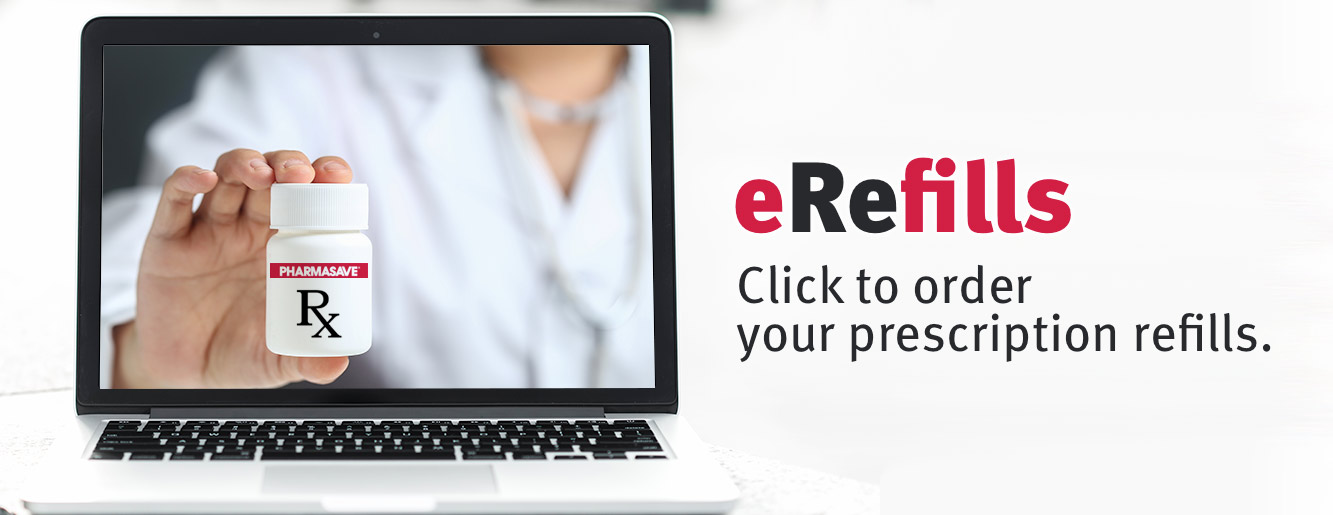
Health Blog: May – Asthma
May – Asthma
Get the Most From Your Asthma Action Plan
Living a full and active life with asthma means knowing the signs and symptoms of worsening asthma and knowing what to do if that happens. An asthma action plan is a series of steps to help you monitor your asthma and decide what to do in various situations.
An action plan divides asthma into three zones: green, yellow, and red.
Green zone: Your asthma is well controlled:
- You are not having any asthma symptoms (e.g., cough, wheezing, shortness of breath, or chest tightness), OR
- You can do all your usual activities, OR
- Your peak flow is more than 80% of your personal best measurement (your doctor will help you determine your personal best).
What to do?
- Keep using your medications as directed by your doctor.
- Keep monitoring your symptoms and peak flow as directed by your doctor.
Yellow zone: You may be losing control of your asthma.
- You’re experiencing some asthma symptoms, OR
- Your asthma wakes you up at night, OR
- You can only do some of your usual activities, OR
- Your peak flow is between 50% and 80% of your personal best.
What to do?
- Take extra puffs of your reliever medication as directed by your doctor.
- Adjust the doses of your other asthma medications as directed by your doctor.
Red zone: You are having an asthma attack and may need immediate medical attention.
- You’re very short of breath, OR
- Your reliever medication isn’t helping, OR
- You can’t do your usual activities, OR
- You’ve been in the yellow zone for at least 24 hours, and your symptoms are the same or getting worse, OR
- Your peak flow is less than 50% of your personal best.
What to do?
- Take extra puffs of your reliever medication AND/OR take your oral steroid medication as directed by your doctor.
- Call your family doctor.
- Call 9-1-1 if you’re in the red zone for at least 15 minutes and you can’t get in touch with your doctor.
- If your lips or fingernails are turning blue, or if it’s hard to walk or talk: Take extra puffs of your reliever medication as directed by your doctor and call 9-1-1 right away.
While you should work with your doctor to make sure you have an up-to-date action plan, your pharmacist can help you get the most from it. Talk to your Live Well Pharmacist about how to use your controller and reliever medications and how to measure your peak flow using a peak flow meter.
Ask Your Pharmacist
Q: Can seniors have asthma too?
A: Yes. Asthma is not just a young person’s disease — it is quite common in seniors. Seniors may be unaware of their asthma because they may think their symptoms are simply due to age. The symptoms of asthma may also be different in seniors. For some, their only symptom is a nighttime cough. If you think you may have asthma, check with your doctor.
Do you have a question? Don’t hesitate to ask your Live Well Pharmacist.
Health Tip
If your child has asthma and is starting school, send a copy of your child’s asthma action plan to the school and find out the school’s rules about carrying medications (e.g., reliever medication). Before your child goes to school for the first time, be sure they and their teacher know how to use their reliever medication.
All material © 1996-2013 MediResource Inc. Terms and conditions of use. The contents herein are for informational purposes only. Always seek the advice of your physician or other qualified health provider with any questions you may have regarding a medical condition.


